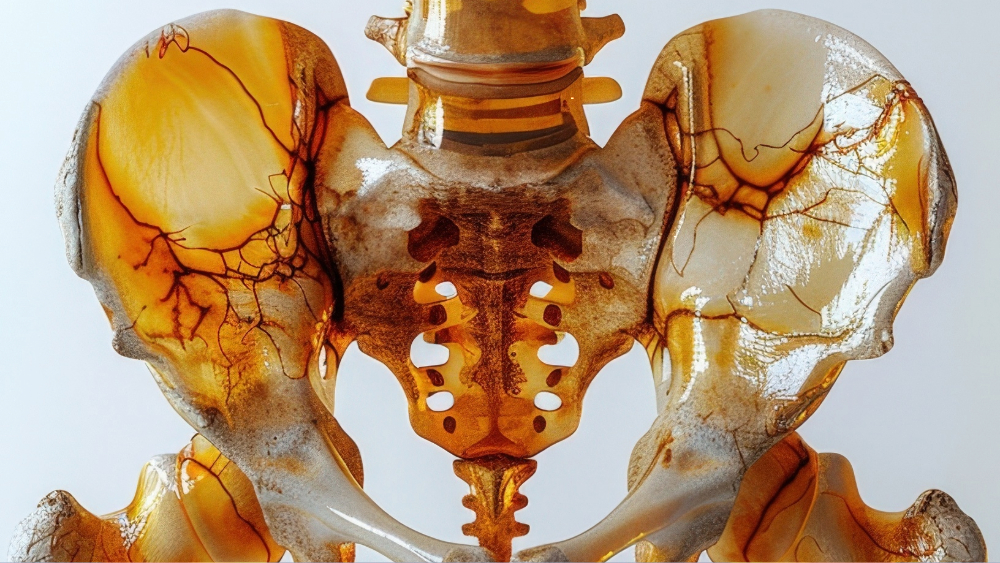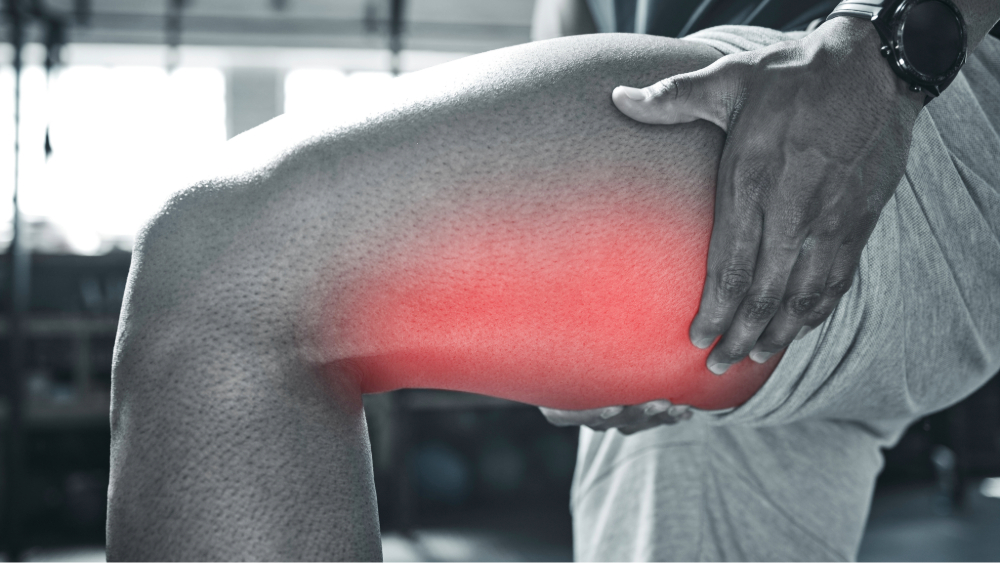I was fortunate to travel to Cornwall this week to facilitate a training event with some passionate, like-minded Occupational Therapists. “Pre-COVID”, we held these types of events quite regularly; I’ve missed being out and about meeting with Therapists. We reviewed the basics of postural care and the importance of specialist seating and had the opportunity to work through some case studies together. A key take-home message I always emphasise is the need for the basics of chair set-up to be appropriate to the individual.
Every chair must be set up to fit its user; if it is not, it can cause more harm than good.
Chair dimensions must be based on the user’s individual measurements – supporting posture appropriately and ensuring maximum contact with the support surface to distribute weight evenly whilst maintaining comfort and independence. How the chair is set up influences positioning, which can consequently impact the risk of secondary complications, including pain, postural distortion and pressure injury.
Seat Depth
- Correct seat depth ensures pelvic stability by supporting the pelvis posteriorly. Without posterior support, the pelvis can tilt backwards, encouraging sacral sitting and a posterior pelvic tilt.
- If the seat depth is too long, the user won’t be able to flex their knees over the seat edge, so they will slide forward in the chair to allow knee flexion.
- If the seat depth is too shallow, the area over which body weight is distributed may be reduced, which increases the risk of pressure injury.
- CareFlex chairs allow for simple tool-free seat depth adjustment to ensure the pelvis can be supported at the back of the chair, correctly aligned and not tilting into a sacral sitting posture.
Seat Width
- Seat width adjustment helps to stabilise the pelvis laterally. Correct seat width can reduce the tendency for the user to lean or shuffle the pelvis.
- These undesirable movements can result in pelvic obliquity or pelvic rotation and the posture becoming increasingly unstable with unequal loading on tissues.
- Left unmanaged, this leaning posture could lead to the development of scoliosis.
- The SmartSeatPro II has a new quick-release locking mechanism with width indicators as standard. This can offer individuals with windsweeping deformities full support along the pelvis and thighs by utilising the adjustable armrests to set the chair at different widths from front to back and left to right.
Seat Height
- Seat height is important for maintaining independence and function if the user is ambulant or able to rise to standing for transfers.
- If the chair’s seat height is too high, the user will be unstable when they rise to standing, or it will encourage posterior pelvic tilt as the user seeks foot support.
- If the seat height is too low, they may not have adequate strength to complete a sit-to-stand.
- If the user is hoist transferred, then the correct seat-to-foot rest height is needed to achieve adequate proprioceptive feedback at the feet, which is critical for pelvic and upper trunk stability.
Arm Height
- Arm height is important for users who can rise to standing by pushing up and out of the chair.
- It also encourages repositioning and enables optimum upper limb position for activities.
- Arm support can relieve tension in the neck muscles. It should not be used to achieve trunk alignment or control, however.
- The MultiAdjust can support individuals who present with different arm height requirements from left to right, as the armrests can be set independently of one another.
Remember, it’s not only chair dimensions that are critical to positioning but also how we utilise chair functions. A user’s tolerance of tilt, back recline, and leg rest angles will also be individualised to them.
If an individual is forced beyond their tolerance of tilt, back recline, and leg rest angles, it can be dangerous and detrimental to their health and well-being.
Tilt Angle
- Tilt-in-space can promote pelvic stability and assist with positioning by encouraging the pelvis to remain at the back of the chair.
- It can be a key function in achieving energy conservation by allowing rest periods without affecting the critical angles for sitting.
- It can also be utilised to reposition an individual against the forces of gravity in different degrees of tilt to redistribute pressure.
- There are times when tilt-in-space may be contra-indicated, or its use needs to be fully risk assessed and closely monitored, including for users with swallowing difficulties, those who require the use of a tray, or those with catheters; a comprehensive assessment is vital to determine the safe tolerance angle.
- The SmartSeatPro II offers a new informative inclinometer to aid seating prescription and safe use; the inclinometer can ensure compliance with care plans as it provides a clear visual indicator of tilt angle.
Back Recline Angle
- Back angle recline adjusts the angle between the chair and the seat back. It promotes comfort by accommodating a reduced range of movement at the hips, alleviating pain associated with the lower limbs, and reducing abdominal pressure.
- It can also play a key role in energy management and pressure redistribution when used in combination with tilt-in-space.
- Back angle recline affects hip angles and can also impact pelvic stability. It must be used appropriately following a comprehensive assessment due to the risk of increasing friction and shear forces, encouraging an extensor tone thrust, and the user sliding down the chair. If the back angle recline is not indicated, do not overprescribe.
Leg Rest Angle
- Leg rests are important to aid pelvic stability and encourage optimum pressure distribution.
- The channelled leg rest as standard on the HydroFlex may be indicated for user’s who find it difficult to keep their lower limbs in midline.
- Elevating leg rests can be used to lift a user’s lower legs to provide a relaxing position; it can also help encourage circulation and reduce swelling.
- The leg rest angle tolerated by an individual depends on their knee range of movement; inappropriate elevation of the lower limbs can cause pain, a posterior pelvic tilt, and sliding forward in the chair, increasing shear and friction forces.
- The HydroTilt, MultiAdjust and SmartSeatPro II have a negative angle leg rest that can accommodate a limited knee range of movement, allowing a more comfortable seating position for users with contractures or shortened hamstrings muscles. It can also facilitate safe standing by allowing optimum foot placement and accommodating oedematous lower legs or large calves for users with obesity.
To summarise, if you are having difficulty supporting an individual into their optimum sitting posture despite not having any clear postural challenges on assessment, or if you are having a recurrent complaint from support staff around an individual’s ability to maintain their optimum position, then please review that initial chair set-up. The solution could be as simple as adjusting seat depth or limiting leg rest elevation!
Please do not hesitate to contact us if you have any specific queries or training requirements; book a free no-obligation assessment at 01626 831 846 or email us at info@careflex.co.uk.



